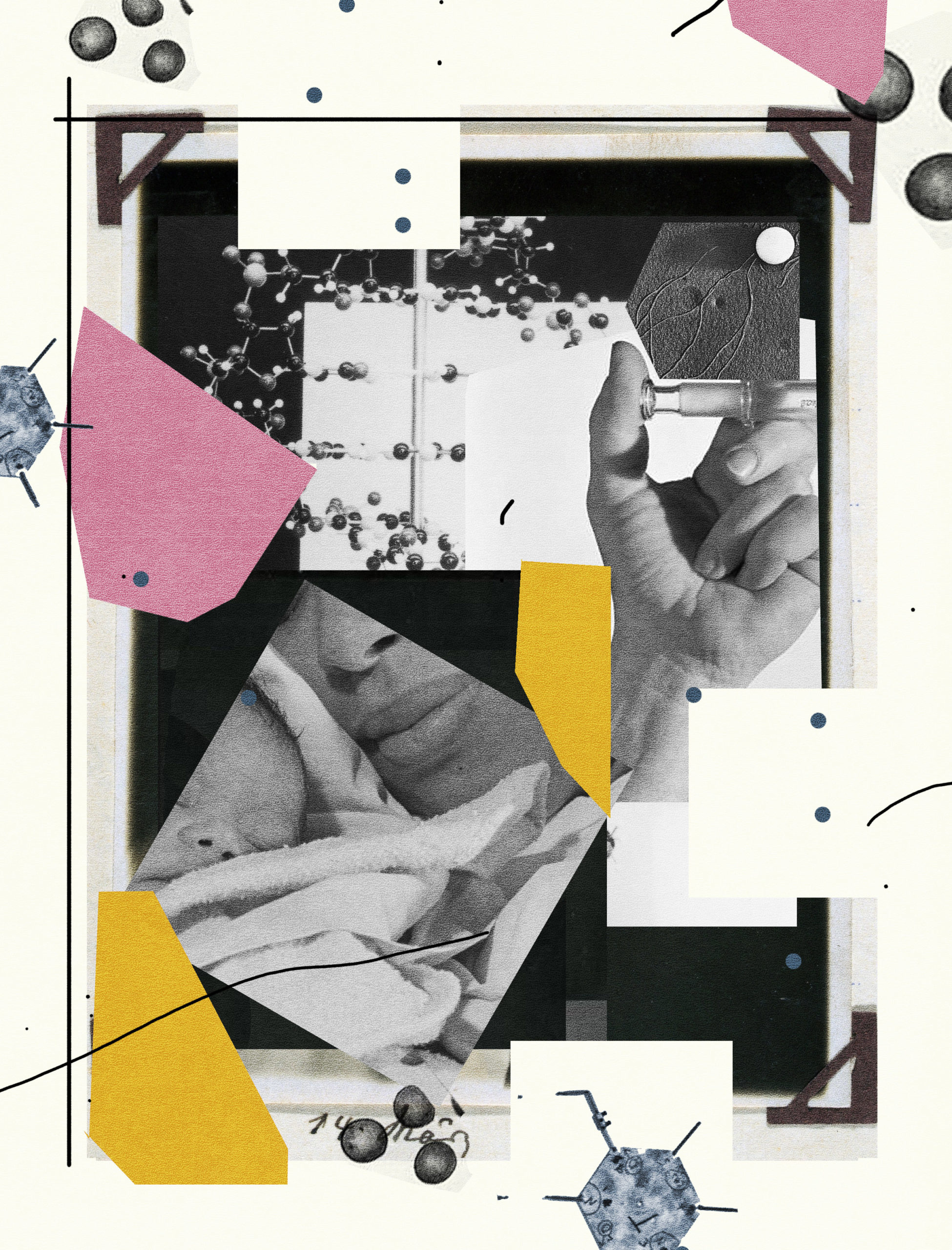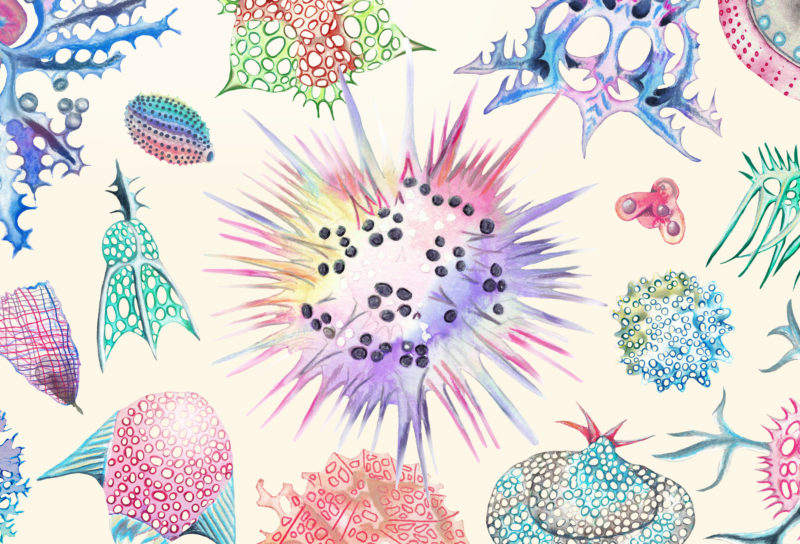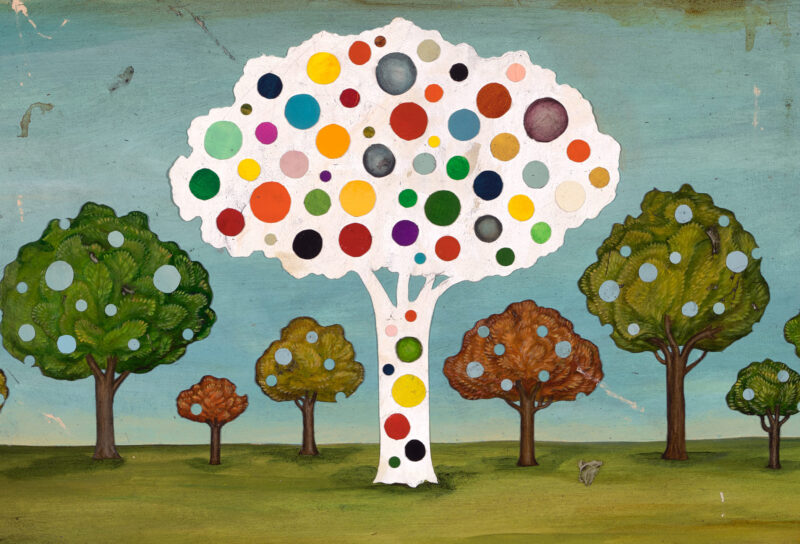Jeanette Kowalik brought a breadth of experience to her new role as Milwaukee’s Health Commissioner in 2018: one and a half decades of working in progressive public health, and a lifetime of learning intimately what it means to be poor and Black in one of America’s most segregated cities. Kowalik grew up in neighborhoods still suffering from the aftereffects of redlining. She worked her way through college and grad school as a single mother, constantly struggling to access basic amenities. In order to retain the Medicaid benefits, supplemental nutrition assistance, and Section 8 housing benefits she and her son relied on for their survival, Kowalik had to go to regular, required appointments and make sure she didn’t have too many assets in her bank account. Like many Black people in Milwaukee, she had once felt trapped in the system. She knew the obstacles racism presented firsthand, and the effect it could have on a person’s health. Now she had the power to do something about it.
Kowalik and her colleagues spent their first year in office working towards a resolution that would declare systemic racism a public health crisis in Milwaukee — an epidemic threatening lives imminently and many more in the long term. Rather than a public health issue, which merely requires consideration, the word crisis implied the need for the adoption of large-scale solutions. Persuading the city council to agree to these measures wasn’t easy. “It wasn’t like everyone was ‘Kumbaya, let’s do it,’” Kowalik says. Some council members refused outright; others were on the fence. To persuade them, Kowalik and her nonwhite colleagues had to share their personal experiences.
In Milwaukee, she explained to the council, where someone lives has a lot to do with race. Redlining, a federally sanctioned practice that started in the 1930s, delineated the areas where Black and other nonwhite people were allowed to live. In cities all over America, this historical segregation still influences how resources are distributed, including access to quality health care, fresh produce, and lead-free homes. This largely accounted for Milwaukee’s disproportionate Black mortality rate, one of the highest in the United States. Disparities in these most fundamental health metrics were, she argued, basically an imprint of the redlining maps.
This proved persuasive. Milwaukee adopted the resolution, becoming one of the first cities in the country to declare racism a public health crisis. As a racial reckoning gained momentum last summer, hundreds of jurisdictions around the country followed suit. This could be the first step in correcting a deadly misconception that has plagued the medical profession and the communities it is meant to serve. The message is clear: Contrary to a lot of popular scholarship of yore, it’s racism, not race — and the resulting inequities in treatment and living conditions — that creates the striking health disparities between Black and white communities throughout America.
Yet medical students are still taught that race itself is causing negative health outcomes, and this carries over into the care they provide as doctors. This misconception guides what biomedical research gets funded, stifling science focused on racism’s impacts and overvaluing studies focused on associative genetics. These conceits need to be dismantled, and the scaffolding of medicine totally rethought, if we hope to achieve health justice in our lifetimes.
Race and its byproduct racism are inventions of the Enlightenment, and have since run like a more-or-less subtle thread through most of the West’s proudest intellectual endeavors. The social construct of race appeared in the 18th century, when influential European intellectuals first defined it by skin color. German philosopher Immanuel Kant, who some have called the de facto inventor of modern race theory, subdivided the newly defined Homo sapiens into four groups: “white” Europeans, “yellow” Asians, “red” Native Americans, and “black” Africans. Kant suggested that the environments which influenced skin color also changed the biological essence of these groups, including the “juices” of the body. The latitude of Africa accounts “for the origin of the Negro, who is well-suited to his climate,” he wrote. “However, because he is so amply supplied by his motherland, he is also lazy, indolent, and dawdling.” Kant concluded that Northwestern Europe just happened to produce the best human stock, the result of “the perfect mixing of juices.”
Over the years, these strange ideas have evolved, growing more detailed and refined, while still retaining much of their original essence. In modern medicine, the idea that observable differences between so-called races might be due to genetics has obscured the real causes of racial health disparities.
Researchers and doctors have long thought of race’s impact as a mysterious force, which digests real-world circumstances and spits out unequal outcomes across measures of wellbeing — a black box, an opaque system in which only inputs and outputs are known. A new generation of antiracist researchers, doctors, and health officials are now taking a clear stance about what is — and what isn’t — happening inside that box. “There’s so much to investigate beyond mere genetics that could explain the stark disparities in disease and death rates,” says Jennifer Tsai, an emergency medicine physician, BLM activist, and sometimes street medic, who has championed antiracism in medical education and research for years.
Tsai says there’s ample evidence that environmental racism, inequality, and “injustice on so many levels” causes these stark gaps, but so far, medicine has failed to adequately investigate these factors, focusing instead on the same old distractions. She points to a 2020 paper in the Journal of Internal Medicine, which tries to identify genetic variables that cause higher rates of obesity among Black women. The authors propose that insulin behaves differently in Black women’s bodies than it does in white women’s, resulting in calories being converted to more fat. They thus assume essential biological differences between so-called races. This is exactly the approach Tsai objects to, and she and her co-authors wrote as much in a letter to the editor of the journal, criticizing the study as science that “reifies racial determinism.”
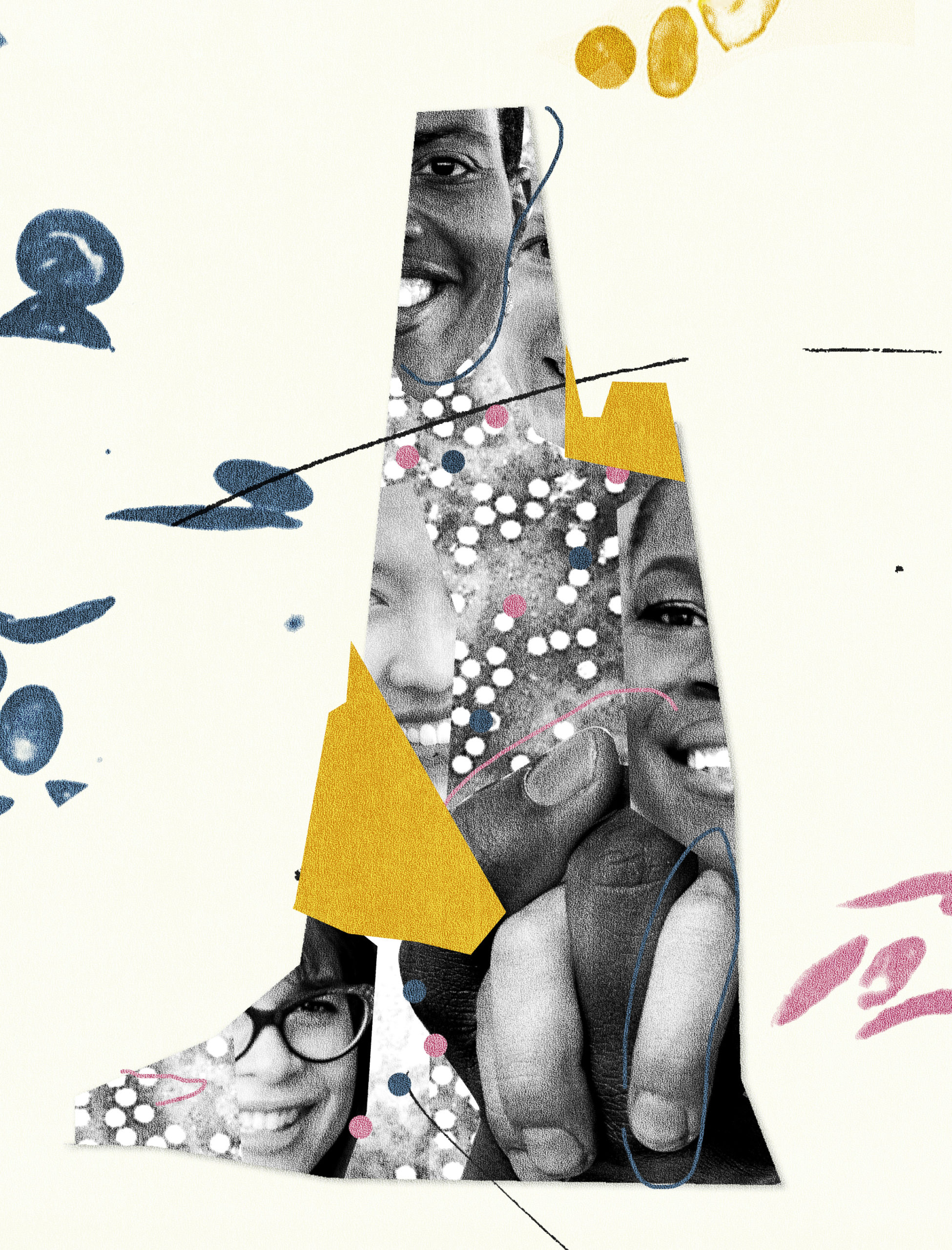
The kind of back-and-forth that followed is nothing new: Race’s role in health has been debated for decades. After World War II, the United Nations Educational, Scientific and Cultural Organization (UNESCO) convened more than a hundred of the world’s eminent scientists in Paris in an effort to define race. Their final statement declared race a social construct. Traits like temperament, talent, and physiological disposition, they said, have nothing to do with race. They hoped this would finally put the question to rest. But the delusions of whiteness proved stubborn. Over a hundred opponents voiced their objections to the UNESCO statement. Among them was British geneticist Kenneth Mather. “I, of course, entirely agree in condemning Nazi race theory, but do not think that the case against it is strengthened by playing down the possibility of statistical differences in, for example, the mental capacities of different human groups,” he wrote. Yet over the last several decades, evidence — including genetic data — has piled up to substantiate UNESCO’s assertion.
Scientists today widely accept that Homo sapiens originated around 300,000 years ago in Africa, and around 50,000 years ago certain groups left the continent and populated the rest of the Earth. Over thousands of generations, those who lived further away from the equator lost melanin in their skin, allowing for sufficient vitamin D production where sunlight was scarce. Human genomic data shows that no overarching genetic changes accompanied this gradual change in skin color. If racial categories were genetically distinct, DNA sequencing would have revealed genetic features unique to each race. Instead, since the completion of the Human Genome Project in 2003, we’ve learned the opposite. Most alleles, which you can think of as genetic varieties, are present in people all over the world.
Even the best counterarguments have fallen apart. Consider the popular example of Sickle cell disease (SCD). Largely thought of as a “Black disease” in the U.S., it’s the poster child for the idea of genetic racial difference. But there’s no such thing as a “Black disease.” SCD is a single gene disease, meaning it’s caused by a mutation in just one gene. Those with SCD have two mutant hemoglobin genes. Their red blood cells are sickle-shaped, leading to pain, tissue damage, respiratory issues, and shortened life expectancy. Black babies born in the U.S. are more likely to be carriers of sickle cell trait compared to white babies. But that doesn’t mean that there is a fundamental genetic difference between races at work. People of all skin tones, including white people, can have mutant hemoglobin alleles, and plenty of Black people have two normal ones. What is at work are recent evolutionary phenomena that acted on segments of humans in tandem with more recent external determinants — in this case, transatlantic slavery.
SCD carriers’ hemoglobin is different for a good reason: to prevent malaria from infecting them. Over time, the sickle cell trait became more common where malaria has been endemic since ancient times, including parts of Europe, South and Central America, sub-Saharan Africa, the Middle East, India, and Southeast Asia. In these places, the benefit of resistance to malaria where it’s endemic outweighed the detriments of the SCD trait. The majority of the millions of humans stolen for the slave trade between 1525 and 1866 were taken from parts of Africa where malaria is a constant threat. Black people with ancestry in the southern and northern parts of Africa don’t have particularly high rates of the disease.
This is just one example of how attempts to pin health disparities on genetic differences between races break down under scrutiny. Unfortunately, bad ideas have a way of taking hold in scientific disciplines, leaving ideological residue everywhere long after they’ve been disproved.
Scientists like to think that they can be devoid of bias. They are taught that science is an objective system, where the worthiest ideas rise to the top. But in the real world, science is only as good as its assumptions. Despite strong evidence, many scientists continue to make unproven assumptions about race. Arguments that genetic differences may explain why some ethnicities develop higher rates of certain diseases — from diabetes to COVID-19 —often fail to consider social factors, like incarceration rates, poverty, and transportation, not to mention the quality of the air we breathe, the water we drink, and the jobs we perform.
Some of these researchers blame genetics without even referring to genetic data, like the aforementioned paper on Black women’s obesity. Jennifer Tsai explains that these assumptions suffer from a kind of circular logic. She felt compelled to push back against the ideology of race when she transitioned from undergraduate studies in social science to medical school. When people with a humanities background start medical school, the essentialist ideas about race are, she says, stark and shocking. “Once you’re taught to think about concepts like race in that kind of way, it really changes the way you can think about difference, and the way that you can think and produce questions for research.”
Some antiracists now use the phrase “place, not race,” to describe how the neighborhood a person is born into can doom them to poor health. It’s an issue Ruqaiijah Yearby, the co-founder and executive director of the Institute for Healing Justice and Equity at Saint Louis University, knows well. In December of 2020, she published a commentary in The American Journal of Bioethics, discussing how groups with poor health outcomes by and large “don’t have access to clean water, they live in neighborhoods with housing problems.” Among other inequities, “they are essential workers, and they don’t have paid sick leave,” she says. “Let’s look at all of the discrimination that causes these disparities,and not just simply say it’s some unknown genetic issue.”
In health care, whiteness is viewed as a kind of default — or the “control group,” as Yearby puts it — and all other races are viewed as deviations from the white standard. This approach is woven into the very fabric of the clinic and is further streamlined by technology.
In August 2020, the authors of an article in the New England Journal of Medicine examined a partial list of racialized algorithms built into clinical decision-making tools. One such tool was a urinary tract infection calculator, which predicts the risk of infection in young children with symptoms like fever. If the child is categorized as non-Black, the calculator assigns more than a two-fold higher risk of UTI — which can influence a clinician to pursue a diagnosis and treatment with antibiotics. Black patients in a similar condition were scored lower, making them less likely to receive treatment. The authors also looked at lung function tests, which automatically spit out a lower score of disease severity for self-identified Black patients who had the same level of impaired breathing as white patients. Excluding a clinician’s own biases, these purportedly “objective” algorithms can spur mismanagement of asthma, COPD, and other lung disorders.
But it’s not just racialized algorithms that lead to unequal treatment. Study after study continues to confirm that clinicians in the U.S. tend to hold erroneous ideas about race and health, like that Black patients experience less pain. This results in white patients often receiving superior treatment — like pain management and birthing options — while minorities, especially Black people, tend to receive subpar care.
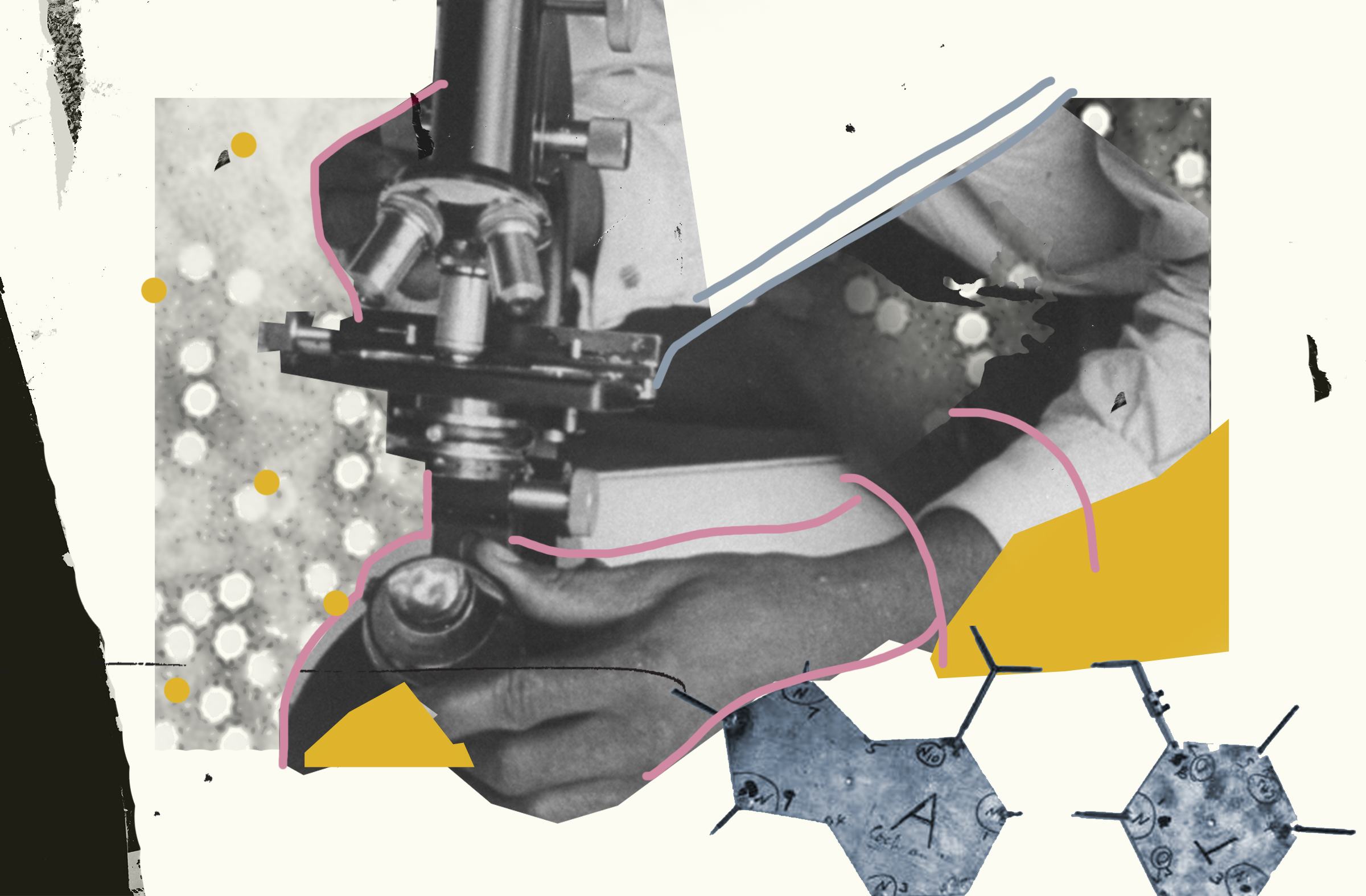
Seventy years after UNESCO’s first declaration about race, the voices proclaiming “racism, not race” are reaching a crescendo. One poignant example of the growing outcry comes from the February 2021 issue of Cell, where 16 biomedical engineering faculty members, all women of various races, argue that the racial disparities in National Institutes of Health funding “remains the most insidious barrier to success of Black faculty in our profession.” This doesn’t only impact the makeup of the community of biomedical researchers; it also fosters groupthink, which ultimately smothers innovation.
One of the authors, Kristyn Masters, a professor of biomedical engineering at the University of Wisconsin-Madison, says that “white supremacy is really entrenched in the entire scientific enterprise.” It’s not just an NIH funding problem, it’s a human nature problem — scientists are just as prone to nepotism and intellectual apathy as anyone else. Black authors’ papers get cited less often than white authors, because citations often occur in the echo chamber of white scientist cliques. And “the less you get cited, the less well-known you are,” says Masters, “and the less likely that the reviewer is familiar with you.” “White researchers also tend to be given more benefit of the doubt [with regard to] their credibility,” Masters tells me. On virtually every grant review panel she’s ever been on, she’s seen less-than-stellar proposals from white investigators pass muster. She thinks white scientists aren’t looking beyond their immediate circles “at the fantastic science that’s being done by these other fantastic scientists.”
That’s not only unfair to Black scientists. It also means that the kind of research that could help illuminate the contents of the black box — and change the status quo of racial health disparities — languishes. An October 2019 article in Science Advances found that white principal investigators are more likely to look at genetic biomechanical factors within the body that impact human health, while Black researchers tend to pursue population-level studies that can inform interventions to close racial gaps. Yet white principal investigators routinely get more funding; between 2014 and 2016, white PIs were nearly twice as likely to receive an NIH grant than Black applicants.
It’s not that genetic studies are necessarily worthless. They just won’t answer questions about racial health disparities, because racial health disparities aren’t due to genetics. Nevertheless, millions of dollars continue to be poured into research on genomic data for nonexistent racial differences, while ignoring systemic answers. As Masters says, even scientists who engage in antiracist efforts can fail to walk the walk once their grant money comes into question. “[O]nce you start to touch upon anything that could relate to their funding, they sometimes are not on the antiracism train anymore.”
To ostensibly combat rampant clinical prejudice, the term “cultural competence” emerged in the 1980s. By the early 2000s, health care organizations began to develop practical approaches to teach clinicians how to thoughtfully provide treatment to people with diverse cultures and values. Over the last two decades, this approach, which goes hand in hand with implicit bias training, has become increasingly embedded in health care curricula around the world. Like similar training for law enforcement, these programs are designed to expose clinicians to their unconscious biases.
But Tiffany Green, a professor in the departments of Population Health Sciences and Obstetrics and Gynecology at the University of Wisconsin-Madison, thinks these trainings overlook explicit manifestations of bias. Black patients simply need “competent care,” she says. Green is concerned that poorly executed implicit bias training can actually lead to greater resentment in white men — making life harder for non-white people. She says that while researchers are working hard to create implicit bias training, it’s premature for clinical cultures to implement them. In a May 2021 paper in Obstetrics & Gynecology, Green and her co-authors explain that there is currently no evidence that implicit bias training impacts treatment decisions. Ultimately, approaches that center implicit bias ignore “the complex ways that racist practices extend far beyond individual actors and are embedded in organizational processes and our legal and social systems.” As an economist who thinks about scarcity of resources, cultural competence and implicit bias training are “not a good use of resources,” she says.
None of this is to say that those fighting racism endorse a colorblind approach to medicine. Rather, contending with racism requires elucidating the many ways that systemic injustices lead to disparate health outcomes, from birth to death — and then rooting them out. As Tsai and her co-authors put it in the October 2020 issue of The Lancet, medical research, education, and practices must harness the momentum of antiracist uprisings to abandon “race-based” medicine, and adopt “race-conscious medicine.” Racialized clinical decision-making, like medical algorithms, need to be replaced with race-conscious alternatives, like using unadjusted measures for all patients. Medical schools need to replace curricula that paint racial groups as “inherently diseased” with lessons on racism’s impact on health. Instead of biomedical research that links race with disease, race-conscious research will analyze the effects of structural racism.
The fight to change these structures has taken a toll on advocates. We’ve “been told that our voices are not powerful or they are not valued, or we’re just overreacting,” says Kowalik. She says it’s like being “gaslighted” — a term that Tsai and others also use to describe their interactions with white supremacy in medicine. After facing attacks for highlighting how people of color are disproportionately affected by COVID-19, Kowalik resigned as Milwaukee Health Commissioner, taking a position in Washington, D.C., as director of policy development with the nonprofit organization Trust for America’s Health. “I could have stayed in Milwaukee and stayed in that job, and possibly died because of the stress,” she says. She sees her move to D.C. as a way to “bring about more change at a national level, which will benefit the state of Wisconsin, which will benefit Milwaukee.”
Though the road has been long, these committed black box breakers are in it for the long haul. Yearby says that while straight talk about race in medicine was met with staunch pushback just five years ago, there was a major shift in 2020. But she knows there’s still a lot of work ahead.
“Is it going to change in my lifetime? I honestly don’t know,” says Green. “I have to wake up every day with some kind of optimism. I know that there is no higher power that is going to fix this. This is a human-made problem, so the solution has to be human-made.”
